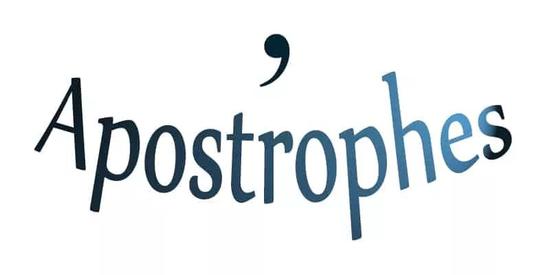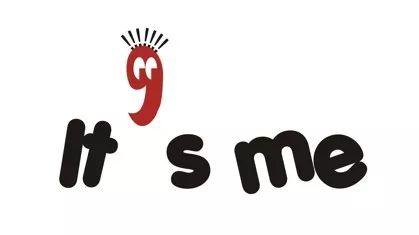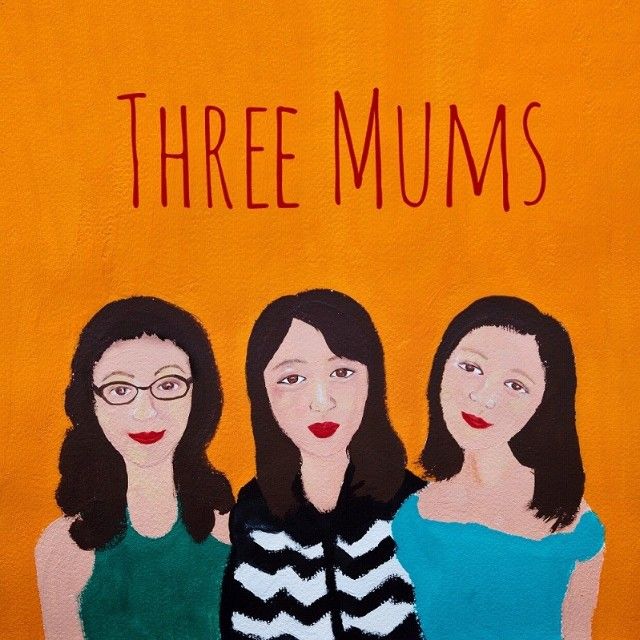学了这么多年英语,你真的会使用英语中的撇号吗?各种所有格和动词缩略语怎么写又是正确的呢?

The possessive case 所有格
The possessive case is used to show a relationship of belonging between one thing and another。
所有格形式用来表述两件事物之间的归属关系。
To form the possessive, an apostrophe and an ‘s’ is added to the noun。 For example, if a ball belongs to the dog it is the dog‘s ball。
为了构成所有格,名词后面要加撇号和s。比如一个球属于一只狗,那就是dog‘s ball。
However the rule becomes more complicated once it is applied to a noun ending in the letter ‘s’。
但用于以s结尾的名词时,使用规则就会变得更加复杂。
The same principle applies but some people might choose to remove the second ‘s’。
这时适用于同样的规则,但一些人可能会把第二个s省去。
For example, to refer to the part played by the actress, it could be ‘the actress’s part‘ or ’the actress‘ part’。
比如,当指某位女演员表演的部分时,可以说是the actress‘s part或者the actress’ part。
Some people are guided in whether or not to include the ‘s’ by how the word is pronounced。
一些人按照单词的发音来确定是否添加s。
Lucy said the most important thing to do is to remain consistent in your style and to choose one form throughout a piece of text。
露西说,最重要的是自己的文体保持一致,整篇文章选用一种写法。
The rule is clearer with a plural noun as only an apostrophe should be added。
当复数名词需要添加撇号时,规则就清晰多了。
For example, the house belonging to your grandparents would be your ‘grandparents’ house‘, rather than ’your grandparents‘s house’。
比如,这间房子属于你的祖父母,应该写成your grandparents‘ house而不是your grandparents’s house
If comparing two nouns with possessive pronouns, you don‘t always need to repeat the second noun but would still use the apostrophe。
在比较包含物主代词的两个名词时,通常无需重复第二个名词,但仍需使用撇号。
For example, you don‘t need to say ’my house is smaller than my parents‘ house’, and can instead just say ‘my house is smaller than my parents’。‘
比如,你不用说my house is smaller than my parents‘ house,而只要说my house is smaller than my parents’(我的房子比父母的房子小)。
With nouns that have multiple owners, the last owner would take possesion, so Lucy and Aly‘s cat not Lucy’s and Aly‘s cat。
如果某件物品有多个所有者,要在最后一个所有者那里添加所有格形式,所以露西和爱丽的猫要写成Lucy and Aly‘s cat 而不是Lucy’s and Aly‘s cat。
But if the noun is owned separately it would be Lucy‘s and Aly’s cats。
但如果物品是分开所有的,就要写成Lucy‘s and Aly’s cats(露西和爱丽的猫咪们)。
Verb contractions 动词缩略形式

Verb contractions, which are sometimes called ‘short forms’, commonly combine a pronoun or noun and a verb, or a verb and not, in a shorter form。
动词缩略形式有时被称为“简易形式”,通常包含一个代词/名词和一个动词,或者是动词和not的缩写形式。
The first use produces words such as ‘she’ll‘, which combines the noun ’she‘ with ’will‘, used to express the future tense。
第一种用法比如she‘ll,是名词she和will的缩写,用于表达将来时。
The second use is seen in words like ‘can’t‘ - can and not - or ’wouldn‘t’ - would not。
第二种用法比如can‘t (can和not的缩写)和wouldn’t(would和not的缩写)。
While they are common in everyday speech, they are frowned upon in formal writing。
尽管这在日常用语中很常见,但在正式书写中却让人挠头。
These are particularly true of contractions that combine pronouns with ‘would’ or ‘had’。
这种形式在代词和would或had结合是尤其常见。
One might say ‘Mum’d‘ instead of ’Mum would‘ in informal conversation, for example, but would not write it。
比如在非正式的对话中,有人可能会说Mum‘d而不是Mum would,但书写时不会这么写。
Common mistakes 常见错误
The addition of apostrophes can lead to people becoming mixed-up between homophones - words that have the same pronunciation but different meanings。
添加撇号会让人们把同音异义单词搞混,这些单词发音相同,但含义不同。
One of the most common mistakes is the difference between who‘s and whose。
最常见的错误是who‘s和whose之间的差异。
‘Who’s‘ is a contracted form of ’who is‘ while ’whose‘ is the possessive form of the pronoun ’who‘。
Who‘s是who is的缩略形式,而whose是代词who的所有格形式。
‘You’re‘ and ’your‘ create similar problems for native and second language English speakers。
不管是对于英语母语者还是把英语作为第二语言的人来说,you‘re和your也存在类似的问题。




 三点半之后放学究竟去哪里?
三点半之后放学究竟去哪里? 一亿90后在半夜两点糟蹋自己
一亿90后在半夜两点糟蹋自己 如何优雅的掏空孩子爸妈们的钱包?
如何优雅的掏空孩子爸妈们的钱包? 该不该卖掉舒适的三居室去换好学区的老破小?
该不该卖掉舒适的三居室去换好学区的老破小? 湖南师范大学校花气质佳
湖南师范大学校花气质佳 美国大学激情迎新演讲
美国大学激情迎新演讲 十分钟趣味世界历史
十分钟趣味世界历史 60秒动画读懂经济学
60秒动画读懂经济学 意大利美食烹饪入门
意大利美食烹饪入门 选择国际学校如何帮孩子抢占先机
选择国际学校如何帮孩子抢占先机 新浪2017“中国教育盛典”
新浪2017“中国教育盛典” 2017全国特别报道:40年,新高考
2017全国特别报道:40年,新高考 第六届诚信移民机构评选获奖名单
第六届诚信移民机构评选获奖名单 “明星爸爸”刘畊宏谈育儿经
“明星爸爸”刘畊宏谈育儿经 台湾大学爆笑爱情课
台湾大学爆笑爱情课 诺贝尔经济奖得主开讲金融市场
诺贝尔经济奖得主开讲金融市场 你不知道的日本传统文化
你不知道的日本传统文化 2018国家公务员考试报考指南
2018国家公务员考试报考指南 2018年考研报名
2018年考研报名 直击2017年6月大学英语四六级
直击2017年6月大学英语四六级 2017全国高考特别报道
2017全国高考特别报道